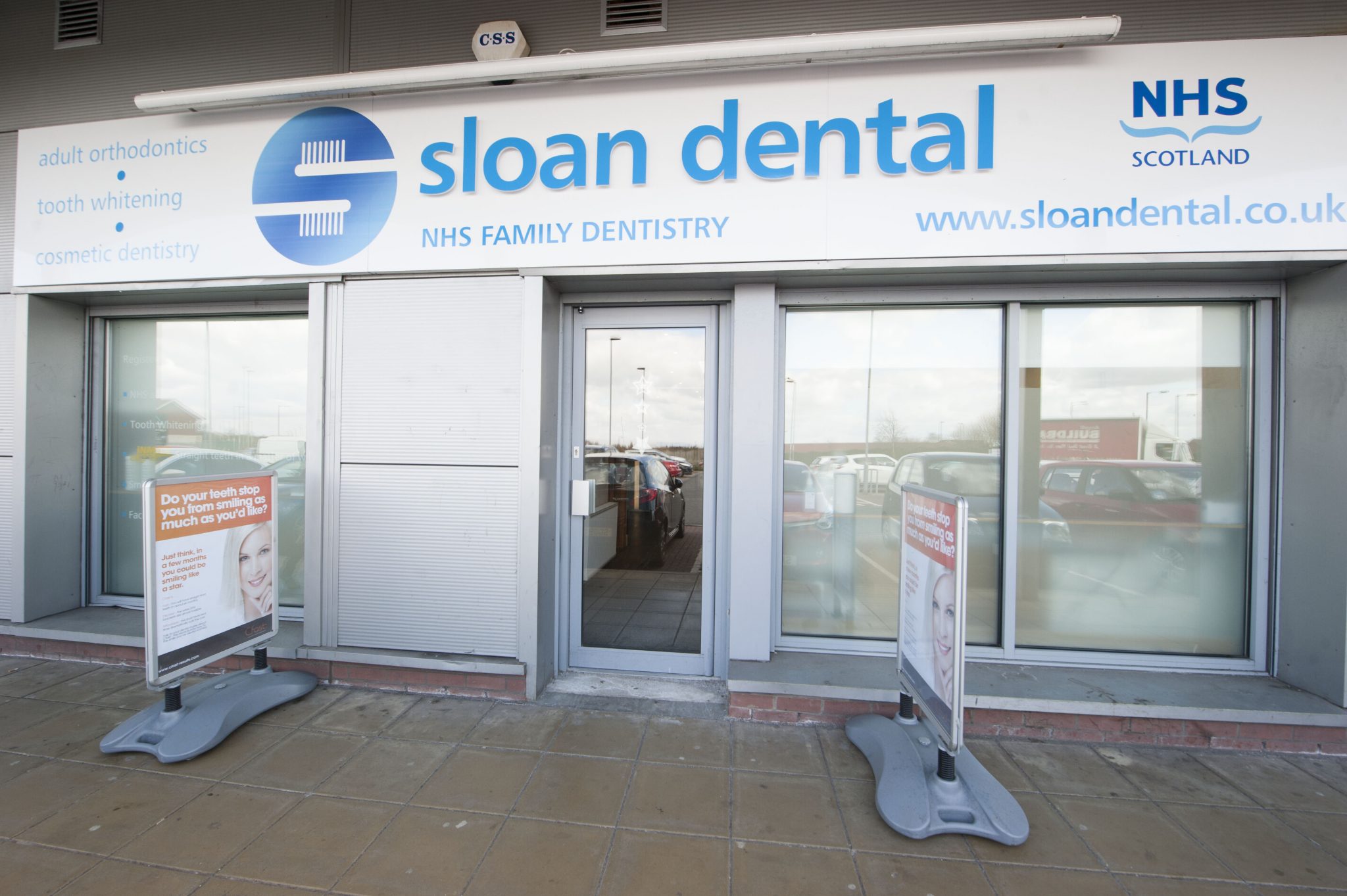Can tooth enamel be restored?
To find out how to improve your tooth enamel and make your teeth stronger, read this advice from Sloan Dental.

Keeping your pearly whites looking at their very best is all about the enamel. The rock-hard outer layer of each tooth, enamel is what protects the tooth as well as giving it the bright, white gleam. If your teeth start to yellow or look dingy, it’s a sign that your tooth enamel could be wearing thin.
There are many products on the market which claim to boost that all-important tooth enamel but what about replacing enamel that’s been lost? We take a closer look at tooth enamel products and ask the question: can tooth enamel be restored?
The Basics Of Tooth Enamel
The human body has the amazing ability to heal and regenerate in all kinds of wonderful ways. From cuts on our skin to broken bones, all it takes is a bit of time for the body to repair itself. However, in the same way that we can’t regrow a missing limb, we also can’t regrow tooth enamel.
Once tooth enamel has been eroded it’s gone forever, and despite what many products may claim, at the moment there’s no proven technology that allows enamel to grow back.
This is because tooth enamel is not living tissue which means it’s not possible for it to regenerate itself. There’s no way to add more enamel artificially either so it’s extra important to really take care of the enamel you have!
Is There Any Solution?
Although we can comprehensively rule out the ability to regenerate enamel, that doesn’t mean there’s nothing that can be done to help. Remineralising the enamel is something very different but the end result could feel quite similar.
Many of the products on the market which claim to help with loss of enamel aren’t actually growing new enamel (as we have seen) but what they are doing is remineralising it. This refers to a technical process where phosphates and calcium are pushed into the teeth, hardening the existing enamel as a result.
Remineralisation relies on fluoride to aid the process. Acid draws phosphate and calcium out of the tooth while fluoride has the opposite effect. With boosted levels of fluoride present it’s possible to strengthen existing enamel and almost make it feel like new enamel has been grown.
It’s not a complete solution and won’t help where there are actual cavities present. However, at present, remineralisation is the closest possibility to restoring lost enamel.
Prevention Is The Key
Although using fluoride and remineralising the enamel is one solution, the key really lies in prevention. If you can manage to stop your tooth enamel from being eroded in the first place, your teeth will be in a much better condition.
Avoiding food which is overtly sugary or sticky is a good start; most people know that sweets and fizzy drinks can damage tooth enamel. Avoiding acidic food and drinks is less well known but it can make a significant difference in fighting plaque and decay.
If you’ve added a splash of lemon to your drink or you’ve had something acidic to eat, make sure you rinse your mouth by having a glass of plain water. This helps to minimise any damage and washes away the acid.
Chomping on some sugar-free gum can help too, especially if it contains xylitol, a substance which helps to counteract acid content. Increasing the flow of saliva helps teeth to take in more phosphate and calcium so it’s an important part of your dental defence.
If you’re concerned about your tooth enamel, don’t wait to have a check-up with your dentist. At Sloan Dental we can take a look and ensure you receive early treatment if you are developing a problem. The sooner it’s treated, the easier it is to fix so don’t delay making your next dental appointment.



